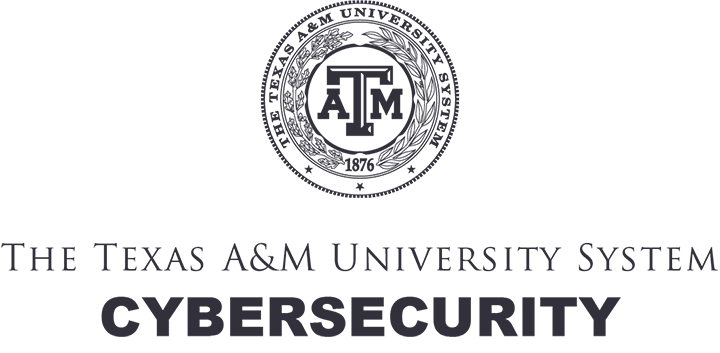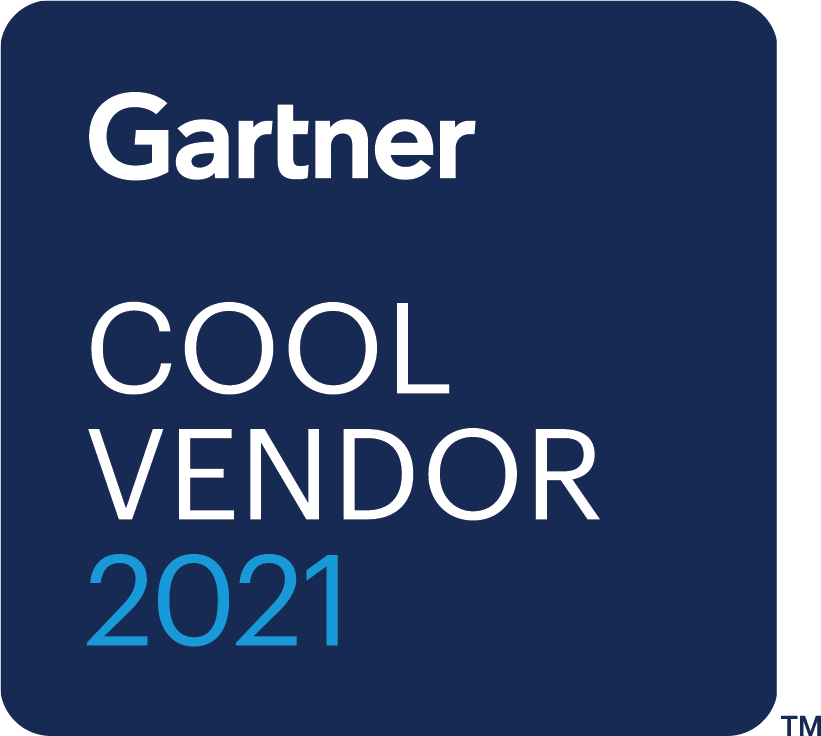Power users, powerful stories
Case studies
Our customers share their experiences and successes bringing Tines into their organizations. Discover how companies – from Fortune 10 to startups – apply Tines to transform the way their teams operate.
“No matter how many tools you change, you can keep Tines in place.”

“With Tines, we're capable of building more complex detection rules, based on our organization’s needs.”
Workflow build time reduced by 95%, compared to Python
Recognized as a leader in security & SOAR
Out of over 500 products across G2’s system security categories, Tines is the #1 highest rated by customer reviews.

Highlighted as a Gartner Cool Vendor in Security Operations
We were proud to be recognized in this recent report for our work in democratizing security automation.
Learn more"Tines helps us keep our costs down while maintaining solid deliverables to our clients."
The Legos of security automation
The pre-built modules make integrating with existing security tooling a breeze + the ability to paste a cURL command and have it automatically imported is extremely useful.
Powerful automation, easy to use
Tines saves us countless analyst hours a week, allowing our analysts to focus on higher priority tasks and new detection capabilities.
“Tines is what is going to allow us to scale from €2M to €10M ARR.”
The go-to security automation tool
"Do one thing exceptionally well", Tines has succeeded on this front, enabling our team to do their best work in minutes, not days.
Rapid automation—for anyone
A much smoother user experience than iterating via code, reviewing logs, etc, and allows our team to go from an automation idea to a production story in literally minutes.
Tines’s innovation is YOUR innovation
Tines allows my team to create rapid integrations between systems, processes, and people without tedious protocol and API plumbing.
“The net effect is that our employees can be protected while still getting the access…
Promises made, promises kept
A simple and clean interface, with a low learning curve, and easy integrations with third-party services.
“To have workflows that stitch all our tools together, that became a force multiplier.”
Laser-focused on Automation
It is a sophisticated SOAR product and has a high affinity with SIEM, indispensable part of our SOC.
Tines automated our SOC
What do I like best? Tines’s flexibility. You really can create a playbook for anything imaginable, and the tool is very easy to use.
 Learn more
Learn more98% reduction in time spent on threat hunting
More like coworkers than a vendor
Tines’s customer support and service is the best I've ever experienced. There is nothing I dislike about Tines.
30% reduction in vulnerabilities in two months
Tines saved me so much time and energy!
Right off the bat, Tines is a powerful workflow automation tool. Not only that, it's well-documented too.
"Tines is doing the work of at least 3 FTEs and, most importantly, is allowing…